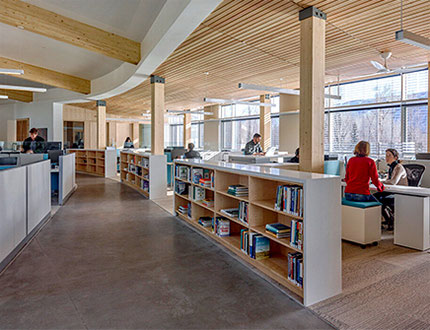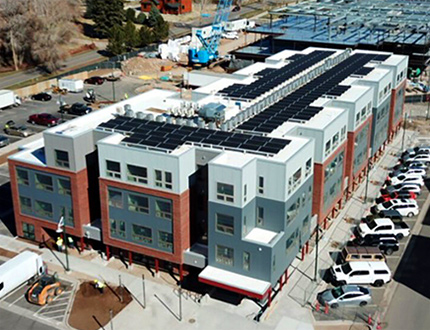The following tax credits are available through the Inflation Reduction Act for households and businesses looking to increase their energy efficiency. Additional information about these IRA tax credits, beyond the details outlined below, can be found here.
- IRS’ Energy Efficient Commercial Buildings Deduction
For property placed in service in 2023 and after, the deduction equals the lesser of:
The cost of the installed property
or
The savings per square foot calculated as:
• $0.50 per square foot for a building with 25% energy savings.
• Plus $0.02 per square foot for each percentage point of energy savings above 25%
• Up to a maximum of $1.00 per square foot for a building with 50% energy savings. Expenses deducted in the prior 3 years (4 years for an allocated deduction) reduce the maximum deduction before computing the current-year deduction. - Home Clean Electricity Products: Federal tax credits equivalent to 30% of the cost of ‘home clean electricity products’ – e.g., solar electricity products; fuel cells; wind turbines; and battery storage – can be claimed through the 2032 tax year.
- Heating, Cooling, and Water Heating: Federal tax credits equivalent to 30% of the cost (up to $2,000 per year) of air source heat pumps (as a replacement for A.C. and central heating), heat pump water heaters (as a replacement for traditional water heaters), and biomass stoves can be claimed through the 2032 tax year. Additionally, 30% of the cost of geothermal heat pumps and solar water heaters (with no yearly cap) can also be claimed. Finally, 30% (up to $600 per year) of the cost of efficient air conditioners, heating equipment, and water heating equipment can be claimed as well. These tax credits, like those applied to other clean energy products, are available through the 2032 tax year.
- Other Energy Efficiency Upgrades: Additional tax credits equivalent to 30% (with varying yearly caps, depending on the equipment) can be claimed on other key energy efficiency equipment. The approved equipment includes: electric panel or circuit upgrades for new electric equipment; insulation materials; windows, including skylights; exterior doors; and home energy audits.
Additional information on other Federal tax incentives, as well as Colorado State tax incentives, available to Colorado households and businesses can be found here.



